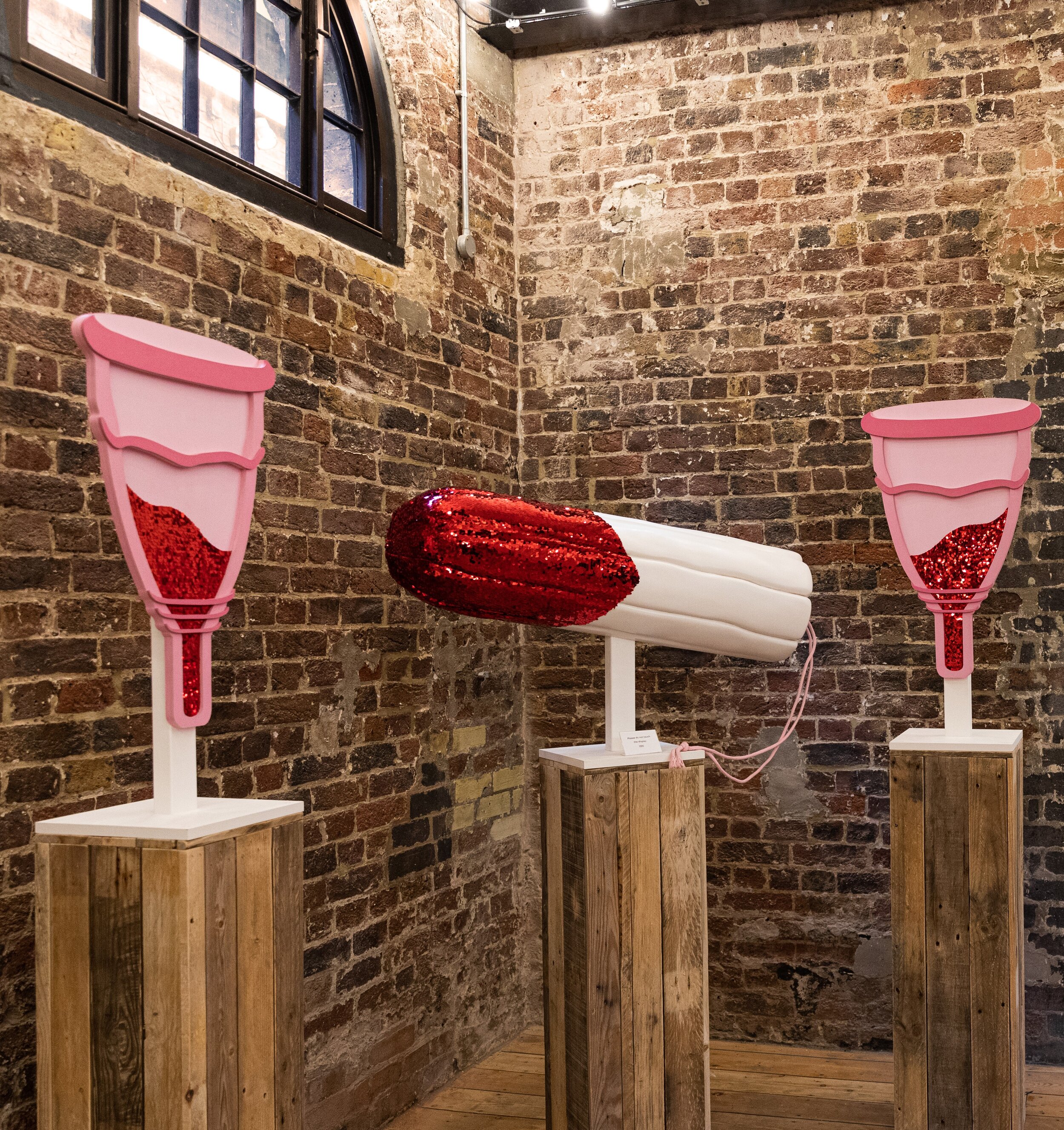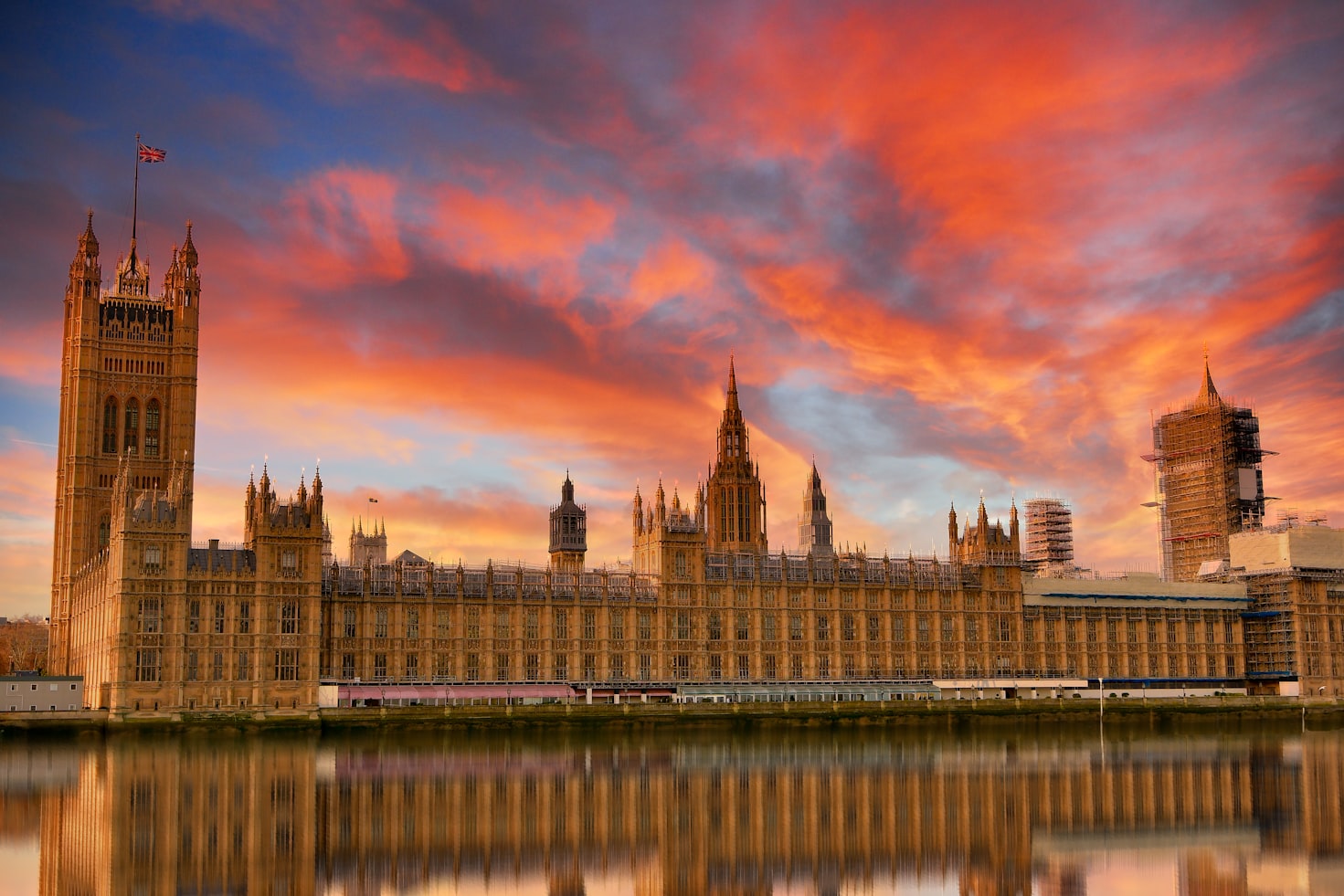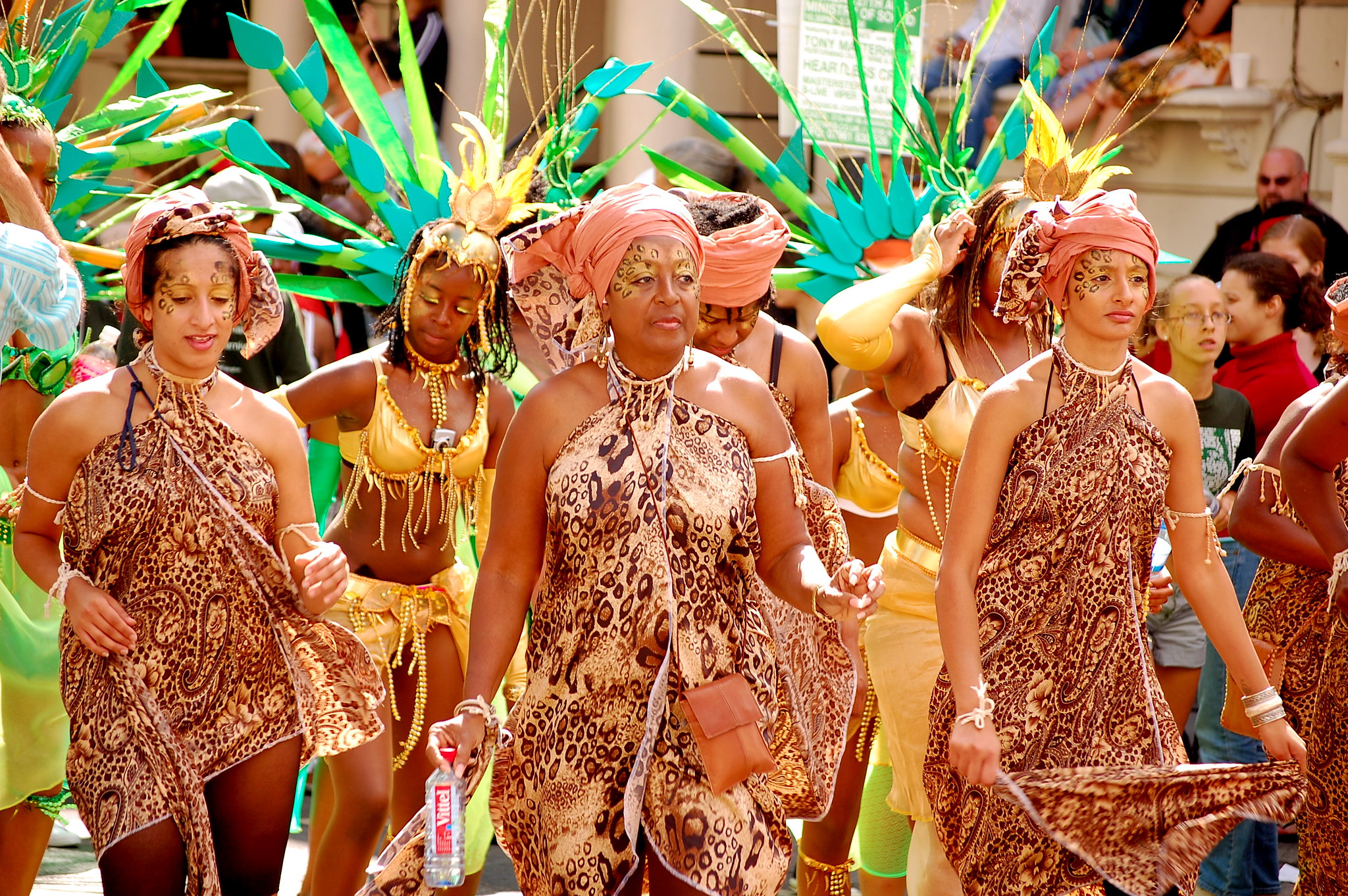Museums, Monuments & Michelin Stars: Crafting a Female-Focused Trip to London
If ever there was a city equally shaped and shaken by women’s stories, it is London. As the epicenter of the suffrage movement, birthplace of modern nursing, and home to the world’s first museum celebrating gynecological anatomy, the British capital fizzes with feminist features. Visiting and honoring these monuments is an important part of fully understanding English history and culture. Even in a country ruled by a queen, patriarchal bias can exist, so it’s important to make sure we explore further and learn more. Here are some ways to celebrate the women of the past who showed great courage and strength, and support those doing so today.

Support the Museums Putting “Herstory” Center-Stage
Formerly a ‘pop-up’, the East End Women’s Museum is set to open fixed premises in Barking in 2022, making it the first dedicated women’s museum in Britain. Hosting exhibitions, workshops, community groups, and other events, the organization is committed to increasing the visibility of women throughout history in this industrial corner of London and the country as a whole.
At St Thomas' Hospital , across the river from Westminster, you will find the Florence Nightingale Museum . It documents the personal and professional life of renowned social reformer and statistician Florence Nightingale throughout the Victorian period, from her birth in Italy to her time serving in Turkey during the Crimean War. Visitors can see the trademark lamp from which she gained her nickname, ‘the Lady of the Lamp’, as well as learn all about the impact of her work on the nursing profession today. There is also a sculpture of fellow nurse Mary Seacole in the hospital grounds, one of only three statues representing women of color in London.
The Vagina Museum is a world-first, providing a safe space in which to demystify and break the stigma around this southerly anatomical region. Proudly trans-inclusive, the Museum’s intersectional feminist principles encourage discussion around gender, sex, pleasure, and health. (Note: Although operations are momentarily paused as it relocates to a new building, you can still sign up to their mailing list and back the Museum’s mission by buying from their online shop.)

Discover People & Places of Interest
A 2021 study carried out by Art UK confirmed that there are, in fact, more statues of animals in London than there are of named women! Despite this pretty poor showing, there are still around fifty dotted around the city, including the statue of suffragist Millicent Fawcett in Parliament Square, eighteenth-century actress Sarah Siddons on Paddington Green, WWII spy Noor Inayat Khan in Gordon Square (most recently portrayed in the Netflix film A Call to Spy), and award-winning singer Amy Winehouse in Camden Stables.
As you walk around London, you’re likely to notice several blue plaques on various buildings. These plaques, allocated by the English Heritage association, mark those places with a meaningful connection to historical figures and celebrities, such as the homes of writers Sylvia Plath in Primrose Hill and Virginia Woolf in Bloomsbury, mathematician Ada Lovelace in Westminster, and secret agent Violette Szabo in Stockwell.
The tombs of Queens Elizabeth I, Mary I and II, Queen Anne, and Mary Queen of Scots are held in Westminster Abbey . From the Abbey, travel down to Waterloo Bridge, whose reconstruction during the Second World War is largely owed to the handiwork of women. Elsewhere, hiding within the backstreets of Southwark, is a small garden of remembrance at the site of Crossbones Graveyard : a patch of unconsecrated ground where the poorest people in London society, “the Outcast Dead”, were buried. It is also believed to be where medieval sex workers known as the “Winchester Geese” were laid to rest, so-called because their brothels fell under the jurisdiction of the Bishop of Winchester.
Stop by the The Feminist Library in Peckham, which has been archiving women’s history since 1975, resulting in a vast collection of books containing non-fiction, fiction, poetry, and periodicals. For alternative activities, why not get inked at Velvet Underground Tattoo , London’s first tattoo studio staffed with all-female artists, or go for a dip at London Fields Lido during its women-only hour on Friday evenings at 8pm?

Visit Women-Led Shops & Eateries
Ever fancied buying your own Savile Row suit? Then head to The Deck London , the eminent street’s only tailor specializing in womenswear. For London’s finest pre-loved clothes and accessories, visit worn. in Belgravia, which prides itself on encouraging more sustainable shopping without compromising on quality. In Finsbury Park, the Pretty Shiny Shop sells beautifully hand-crafted cards, gifts, and homeware, and Covent Garden’s Floral Street peddles heavenly vegan perfume.
In Camden and Hackney Luminary Bakery is a social enterprise serving up scrumptious cakes with a changemaking ethos, empowering women from disadvantaged backgrounds to learn transferable skills and increase their chances of employability. Punters queue for hours to wrap their chops around the plant-based plates at female-founded Mildred's , and those looking for contemporary fine-dining should book a table at Core by Clare Smyth , the UK’s first restaurant with three Michelin stars to be run by a female chef. Contemporary Korean fare is served at Judy Joo’s brainchild Jinjuu , where the bulgogi sliders are beyond, or you can virtually travel to Calcutta on the Darjeeling Express , a restaurant and supper-club with a kitchen team made up of incredible women.

Attend Women-Founded Events
Notting Hill Carnival is one of the most highly-anticipated events in the city’s calendar, euphorically highlighting London’s rich multiculturalism and diversity every August. In response to the racially-motivated murder of Kelso Cochrane in 1959, a local woman named Rhaune Laslett later organized a community children’s fair to incubate positive relations between the different nationalities living in the area at the time. This is what the Carnival evolved from, and today it is Europe’s biggest street party.
Now with multiple chapters in six continents across the globe, WOW (Women of the World) Festival was actually born in London at the Southbank Centre under the curatorship of Jude Kelly, where it is still celebrated annually. WOW produces events all year-round and, in October 2021, announced the first edition of Shameless!, a festival of activism against sexual violence.
Learn More on a Tour
Try as we might, it’s impossible to cover everything on this topic. But if this has left you longing to learn more about women’s history and experiences on your visit to London, consider joining one of these themed tours:
-
Go London Tours: Go Women’s London
-
Look Up London: The Feminist Jack the Ripper Walking Tour
-
Women of London: Women’s History Walking Tours
{$section.placeName}
{$section.address}
{$section.addressNotes}
{$section.description}